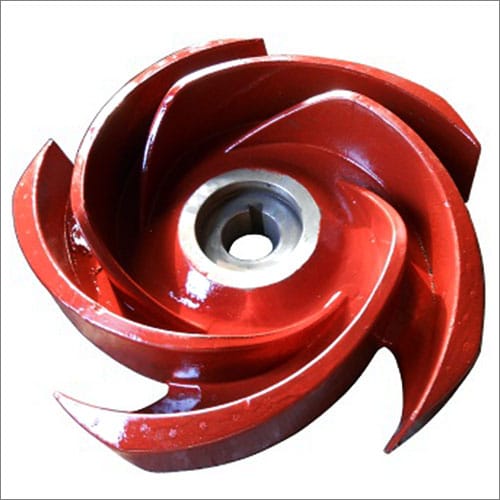- Shifo Industrial Zone, Anguo City, Hebei Province,China
- +8618831216699
sale@nlpumps.com

Slurry pumps are critical pieces of equipment used in various industries to move abrasive and corrosive fluids. They are designed to handle tough and demanding applications, but sometimes they can fail and trip, causing costly downtime and production losses. In this article, we will discuss the common causes of slurry pump trips and how to prevent them.

One of the primary reasons slurry pumps trip is due to clogging or blockage. The pump's impeller or suction line can get blocked by solid particles, causing the motor to overload and trip. To prevent this from happening, it's essential to use the correct impeller size and ensure the suction line is clear and free of debris. Regular maintenance and cleaning of the pump's components can also prevent clogging and reduce the risk of trips.
Another common cause of slurry pump trips is overheating. If the pump is not adequately lubricated or if the bearings are worn out, it can overheat and trip. Overheating can also occur if the pump is operating at a high temperature or if the fluid being pumped is too hot. To prevent overheating, it's crucial to use the correct lubrication and maintain the pump's bearings. It's also essential to monitor the temperature of the pump and the fluid being pumped regularly.
Electrical issues can also cause slurry pumps to trip. If the pump's wiring is damaged or if there is a problem with the power supply, it can cause the motor to trip. To prevent electrical issues, it's essential to ensure the wiring is properly installed, and the power supply is stable and consistent. Regular inspections of the electrical components can also help identify any potential issues before they cause a trip.
Finally, pump misalignment can also cause trips. If the pump's shaft is misaligned, it can cause excessive vibration, leading to motor overload and tripping. To prevent misalignment, it's crucial to ensure the pump is installed correctly, and the shaft alignment is within the manufacturer's specifications.
In conclusion, slurry pump trips can be caused by various factors, including clogging, overheating, electrical issues, and misalignment. Regular maintenance, monitoring, and inspections can help prevent these issues and reduce the risk of costly downtime and production losses. It's essential to follow the manufacturer's recommendations and best practices when operating and maintaining slurry pumps to ensure optimal performance and reliability.